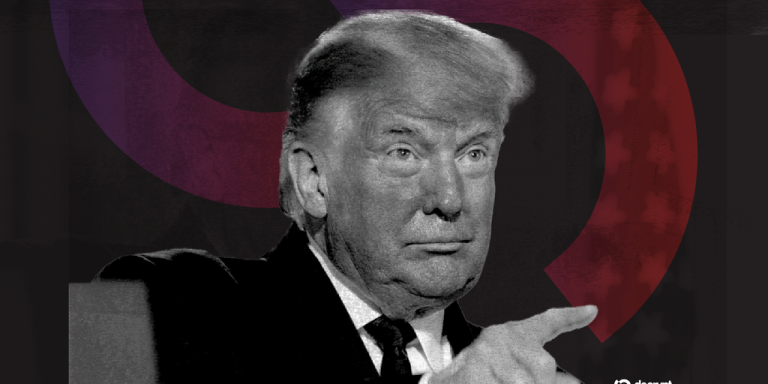
Mindfulness Practices for Stress Relief
Mindfulness practices for stress relief are becoming increasingly popular, and for good reason. In today’s fast-paced world, it’s easy to get caught up in the hustle and bustle of daily life and forget to take care of our mental health. Mindfulness is the practice of being present in the moment, paying attention to our thoughts, feelings, and sensations without judgment. By incorporating mindfulness practices into our daily routine, we can reduce stress and anxiety, improve our mood, and increase our overall sense of well-being.
What is Mindfulness?
Mindfulness is the practice of being fully engaged in the current moment, while calmly acknowledging and accepting one’s thoughts, feelings, and bodily sensations. It’s about paying attention to the present moment with openness, curiosity, and a willingness to be with what is. Mindfulness is not about achieving a specific state or feeling a certain way; it’s about being with what is, as it is.
Benefits of Mindfulness for Stress Relief
Research has shown that mindfulness practices can have a significant impact on both physical and mental health. Some of the benefits of mindfulness for stress relief include:
- Reduced stress and anxiety
- Improved mood
- Enhanced cognitive function
- Better sleep quality
- Increased feelings of compassion and empathy
- Improved relationships
Mindfulness Practices for Stress Relief
There are many different mindfulness practices that can help with stress relief. Some of the most popular include:
- Meditation: sitting or lying down and focusing on the breath, body sensations, or emotions
- Deep breathing: focusing on the breath and using it to calm the body and mind
- Yoga: combining physical postures, breathing techniques, and meditation to promote relaxation and reduce stress
- Body scan: lying down or sitting and bringing awareness to different parts of the body, often starting at the toes and moving up to the head
- Walking meditation: paying attention to the sensation of the feet touching the ground, the movement of the legs, and the rhythm of the breath
How to Get Started with Mindfulness
Getting started with mindfulness is simple. Here are a few tips to help you get started:
- Start small: begin with short periods of mindfulness practice, such as 5-10 minutes a day, and gradually increase as you become more comfortable with the practice
- Find a quiet space: identify a quiet, comfortable space where you can practice mindfulness without distractions
- Focus on the breath: bring your attention to the breath, feeling the sensation of the air moving in and out of the body
- Be gentle with yourself: remember that it’s okay if your mind wanders, gently bring your attention back to the present moment
Conclusion
In conclusion, mindfulness practices are a powerful tool for stress relief and overall well-being. By incorporating mindfulness into our daily routine, we can reduce stress and anxiety, improve our mood, and increase our sense of compassion and empathy. Whether you’re a seasoned meditator or just starting out, there’s never been a better time to explore the benefits of mindfulness for yourself.





